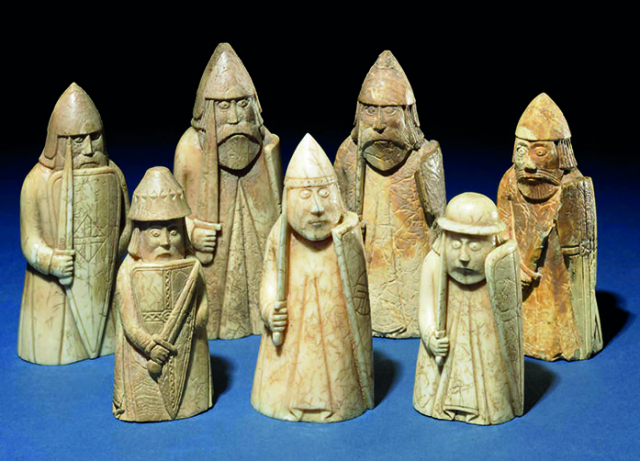What’s important about...? Sources and evidence
Primary History article

In this timely article, Ailsa Fidler and Chris Russell explore the use of sources and evidence in the teaching of primary history. Referring to Ofsted’s history subject report (July 2023), Ailsa and Chris explore how sources can be used effectively in the classroom and how children’s understanding of the role of the historian can be developed.
Sources are traces of the human past. Without historical sources we have no history, nothing to build a picture of the past from, nothing to help us try to answer our questions about what came before. Of course, we can never have a complete picture because we do not have access to everything that was ever made, written or more importantly, thought.
Sources come in many forms (the following are not exhaustive lists):
- Written – diaries, census returns, trade directories, newspapers, government records, legislation, letters/telegrams/postcards.
- Visual – maps, plans, paintings or photographs from the period, advertisements, posters, moving film.
- Other – oral accounts, music, radio programmes, speeches, buildings, statues, everyday articles such as household goods or clothing, historical sites...
This resource is FREE for Primary HA Members.
Non HA Members can get instant access for £2.49

